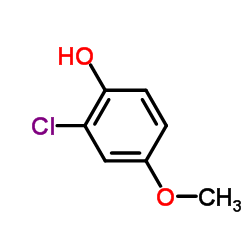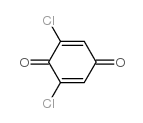| 结构式 | 名称/CAS号 | 全部文献 |
|---|---|---|
 |
2-氯-4甲氧基苯酚
CAS:18113-03-6 |
|
 |
2、6一二氯-P-苯醌
CAS:697-91-6 |